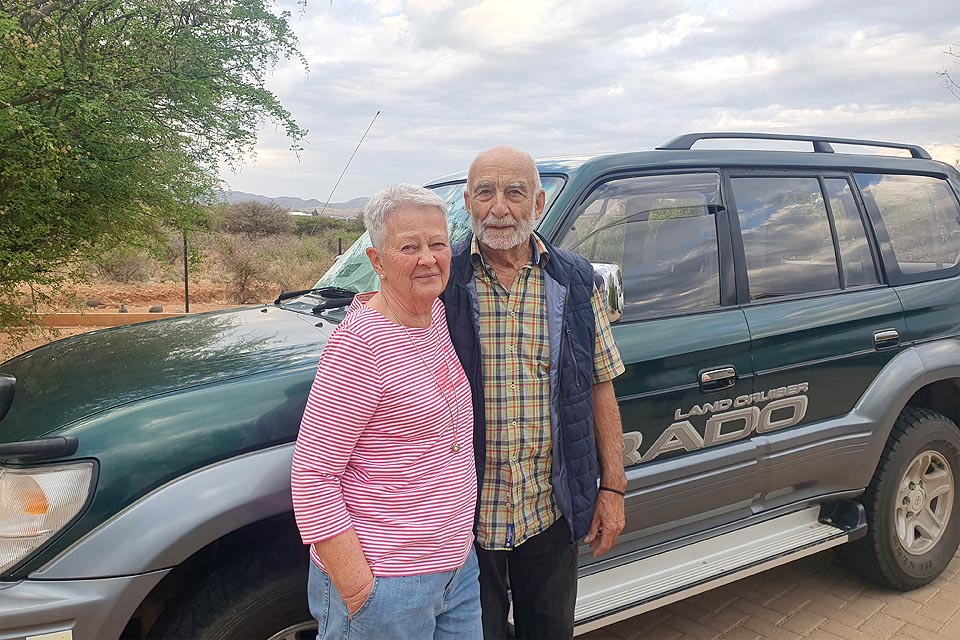Previously, driving from Windhoek to Hosea Kutako International Airport took 40 to 50 minutes. Now, you only need about 20 minutes. Why? Because last week, the final missing section of the new highway was opened.
 Reduces travel time and lowers the risk of accidents: The Hage Geingob Freeway between Windhoek and Hosea Kutako International Airport is now fully open to traffic. Photo: Roads Authority Namibia
Reduces travel time and lowers the risk of accidents: The Hage Geingob Freeway between Windhoek and Hosea Kutako International Airport is now fully open to traffic. Photo: Roads Authority Namibia
The new Hage Geingob Freeway, named after Namibia's late third president, is a two-lane highway in both directions. This allows for easy overtaking of trucks and other slow-moving vehicles at any time. The previously used B6 trunk road only offered occasional passing lanes.
Furthermore, the new motorway features fewer and more stretched curves. Inclines and declines are also significantly less pronounced than on the B6. A 26-meter-wide median strip separating the lanes for opposite directions provides additional safety.
Quick links to the South and North
The approximately 45 km long Hage Geingob Freeway connects to the Western Bypass south of Windhoek. There, it branches off to the B1 trunk road heading south. The Western Bypass, in turn, continues as an expressway around Windhoek to the west and north.
Namibia vacationers can now reach their first destination on their tour from the airport much faster and more safely than before. No matter whether it is situated in the south, west, or north. However, Windhoek, with its supermarkets, shopping malls and outdoor centers, is a convenient place to stop for shopping.
The Hage Geingob Freeway forms part of the Trans-Kalahari Highway. This expressway runs from the Namibian deep-sea port of Walvis Bay, through Windhoek and Gobabis, across Botswana to the Gauteng industrial region in northern South Africa.
According to media reports, the approximately 45-kilometer-long highway cost a total of around 3.5 billion Namibian dollars (currently 175.5 million euros; amount at the current exchange rate; 1 ZAR / South African Rand = 1 N$).
The Namibian government financed the first two sections (phases 1 and 2A). According to the Xinhua news agency, China provided a grant of 447 million yuan. This currently equates to approximately 1.08 billion Namibian dollars or 54.21 million euros.




.png?width=82&height=85&name=Navigate%20Namibia-03%20(1).png)
SUBMIT YOUR COMMENT